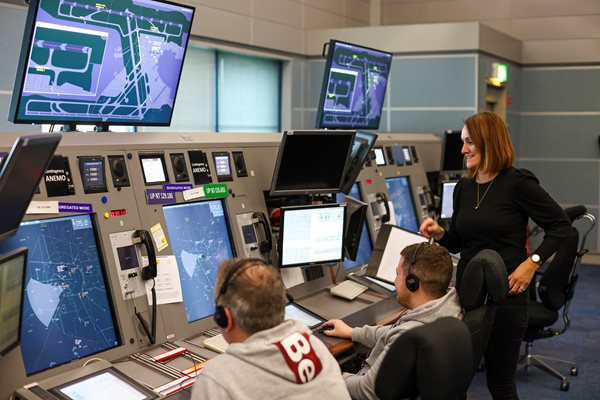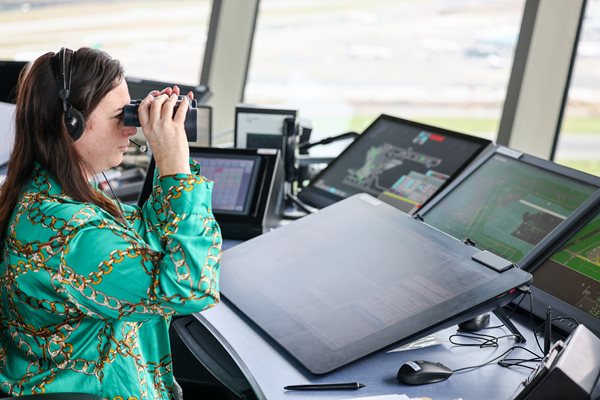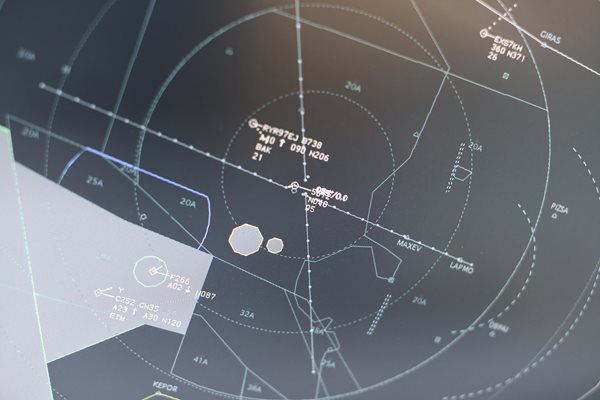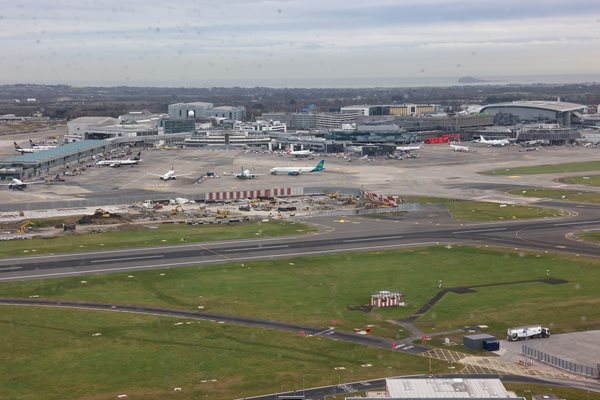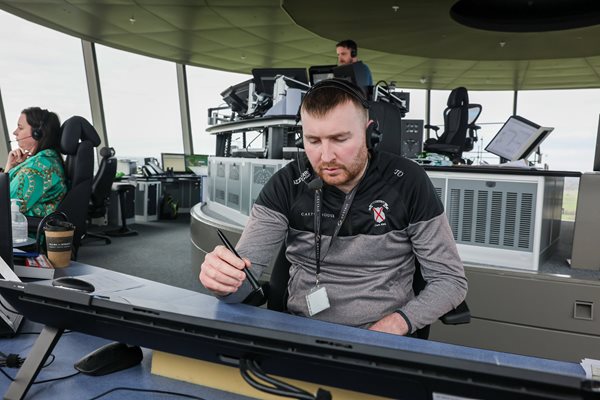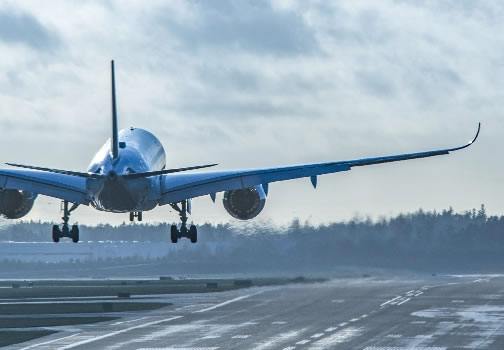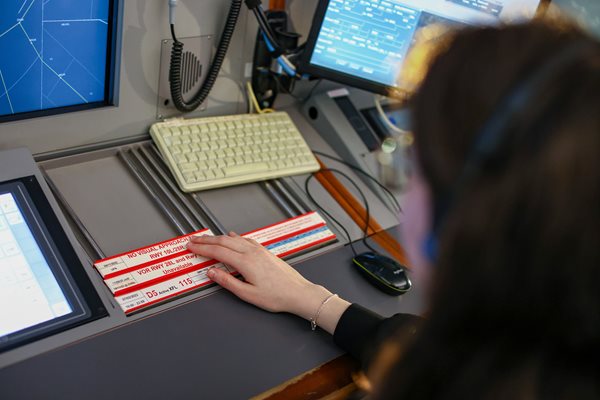North Atlantic CommunicationsAirNav Ireland's North Atlantic Communications Centre provides communications services on the eastern half of the North Atlantic and is located in Ballygirreen, Newmarket-on-Fergus, Co. Clare. It is known as Shannon Aeradio or Shanwick Radio. Approximately 70 personnel are employed at the North Atlantic Communications centre, including over 50 Radio Officers with the remainder involved in management, engineering, administration and other services. Shanwick Radio provides a long range voice communications service for Oceanic ATC in the eastern half of the north Atlantic. Shanwick Radio keeps in contact with all flights in Oceanic Airspace mainly by means of High Frequency Radio (HF), VHF Radio (Very High Frequency) and Satellite Phone (SATPHONE). HF can provide global coverage because of its ability to bounce off the ionosphere and can span the globe in a series of skips. VHF coverage, on the other hand, is limited to line-of-sight range. Shanwick Radio uses over 20 HF and 2 VHF frequency channels. At peak times, it handles in excess of 1,500 aircraft in a 24 hour period. In recent years, AirNav Ireland has invested significantly in new systems, providing the North Atlantic Communications operation with state-of-the-art facilities and bringing the service up to the highest standards. A new suite of transmitters and receivers was installed and the Air-Ground message processing and flight data system replaced. This system, known as the ROFDS (Radio Officer Flight Data System), is linked to the Iceland Radio Centre and has enabled AirNav Ireland and ISAVIA (the Icelandic Civil Aviation Administration) to provide joint radio operations for the Shanwick and Reykjavik/Sondrestrom Oceanic areas. The next phase of the Joint Operations will increase the interoperability whereby operational staff in both centres will have access to each other’s transmitters, receivers and associated equipment through interconnectivity. This will bring substantial enhancements to the existing Joint Operations and deliver a safe, efficient and cost effective service to the airlines operating on the North Atlantic. In addition to the North Atlantic Communications Service, Shannon Aeradio is the AFTN Communications Centre for Ireland. The Aeronautical Fixed Telecommunications Network (AFTN) is an international telegraphic service linking airline offices, ATC and meteorological services worldwide. All AFTN communications both in and out of Ireland are routed through the Ballygirreen AFTN switch. The Ballygirreen AFTN switch uses the Frequentis smartMessenger AMHS solution. In time, the system will be connected to international AMHS centres around Europe. Another service provided to the aviation community from Shannon Aeradio is the Volmet Broadcast Service. This is a 24/365 continuous broadcast of weather data to aircraft in flight. The data consists of SIGMETs (warnings of significant weather phenomena, which may be hazardous to aircraft), terminal forecasts and actual weather observations for each of the principal airports in Europe. These reports are updated every 30 minutes. The broadcast goes out on three HF and one VHF frequency simultaneously. |
About Us
AirNav Ireland provides air traffic management services including: Air Traffic Control Flight information Alerting and search and rescue services Aeronautical information North Atlantic Communications
Air Traffic Management
AirNav Ireland provides air traffic management services in the 451,000 km2 of airspace controlled by Ireland. This airspace forms a crucial gateway for air traffic between Europe and North America.
Flight Planning
Welcome to the AirNav Ireland Flight Planning area. This section contains allow pilots to file, change, delay or cancel flight plans.
Sustainability
Aviation delivers strong economic and social benefits, but it can also have detrimental impacts on the environment. We have a critical part to play in driving down emissions and delivering a sustainable future for the industry.

